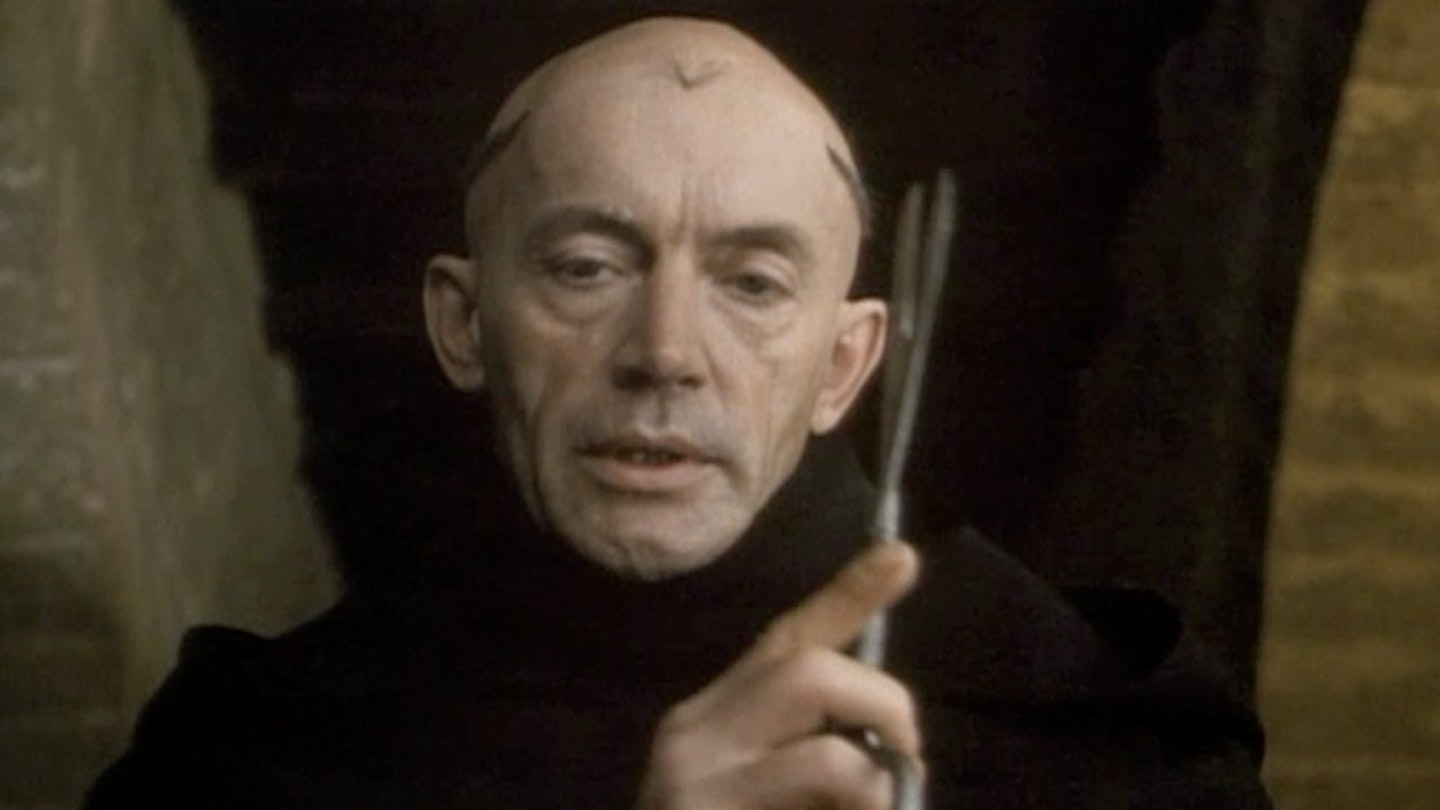In 1960, Roger Corman told AIP supremos Samuel Z. Arkoff and James H. Nicholson, for whom he had been making pictures like Attack Of The Crab Monsters (1957) and Not Of This Earth (1957), that he wanted to make Edgar Allan Poe's The Fall Of The House Of Usher. The producers responded negatively, saying that kids were forced to read Poe in school and so there was no way they'd pay to see his stuff in the movies.
But Corman knew what he was doing and put together a package with flamboyant star Vincent Price, who did so much acting that there was no need for anyone else in the cast to even try, and novelist-screenwriter Richard Matheson, whose credits stretch from The Incredible Shrinking Man (1957) to Stir Of Echoes (1999). Hammer had just broken big with their Frankenstein and Dracula movies, and Corman saw the potential in period gothic. The Brits made movies for pokey provincial Rialtos and Coronets, while AIP were kings of the drive-in: Corman's Poe movies are in Panavision, a shape approximating that of a classic car windscreen. Key collaborators were cinematographer Floyd Crosby, a master of pre-psychedelic colour swirls, and art director Daniel Haller, who could stretch a budget to make crypts and castles seem vast on the big screen.
If you've only seen the Corman-Price-Poe movies panned and scanned on television, you've barely got an idea of how impressive they are.
The Fall Of The House Of Usher (1960) was a hit, and AIP wanted more, more, more. Gorman handed Matheson Poe's classic tale Pit And The Pendulum, which takes place entirely in darkness and has a situation rather than a plot (a nameless narrator suffers in the Spanish Inquisition). Matheson took a few leftover elements from his House Of Usher script (a young man comes to an accursed home to discover what has happened to a young woman who, it turns out, has been buried alive) and threw in a Diabolique-style it's-all-a-plot plot.
The dead wife turns out to be scheming in cahoots with her lover to drive poor old Vincent Price mad, then discovers that a mad Vincent Price isn't a very comfortable character to have around. Only in the finale does Matheson get round to dramatising Poe, and then by having the dim-bulb hero (Kerr) walk into the dungeon at the wrong time and be mistaken for someone else by the mad Price and strapped to a table in the pit under the slowly-descending, sharpened crescent ("The razor edge of destiny"). It's a scene that crops up in other films — Dr. Goldfoot And The Bikini Machine (1965) — and remains a classic, with the gears working and the blade whirring back and forth across the whole length of the screen as the camera is put in the position of victim.
Gorman's Pit And The Pendulum is, unusually, set in the 1540s, with the whole cast in ruffs and doublets, and revolves around a marriage of horror stars. Price, raising his moustaches as others raise their eyebrows, is mild-mannered Nicholas Medina, proprietor of a clifftop castle and heir to the madness of his torture-happy inquisitor father. The flamboyantly beautiful English actress Barbara Steele had just attained immortality as the vampire princess in Mario Bava's Mask Of Satan (1960). She has a few good moments as the pretend-ghost, emerging lank-haired from her tomb, but is hurried out of the way at the climax only to be left stranded and wild-eyed in an iron maiden as the cellars are sealed forever in the fade-out. The pair carry the picture virtually on their own, with John Kerr's hero a notable waste of space and Luana Anders a hard-faced pretty heroine. Price was a master of the grand gesture, and Corman gives him the room, whip-panning to huge facial close-ups for his entrances and letting him emote in a slyly camp, outrageously melodramatic, psychologically acute manner; that is to say, the exact equivalent of Poe's rapid, fevered prose.
The movie was another smash with the rock'n'roll generation, and the winning team stayed at bat, drawing in new players from the ranks of classic horror stars, with the portmanteau Tales Of Terror (1962 with Peter Lorre and Basil Rathbone), the comic The Raven (1963, with a young Jack Nicholson), the dour The Premature Burial (1962, Price-free, but with Ray Milland) and the Lovecraft-derived The Haunted Palace (1963). To cap off the series, they relocated to England and delivered their finest hours, Masque Of The Red Death (1964), which was gorgeously shot by a young Nicolas Roeg, and the ultimate mad-wife-back-from-the-dead necromance The Tomb Of Ligeia (1965).
